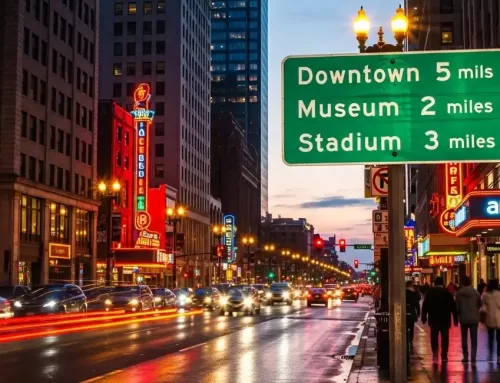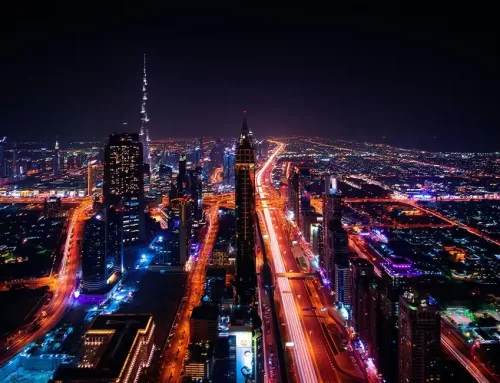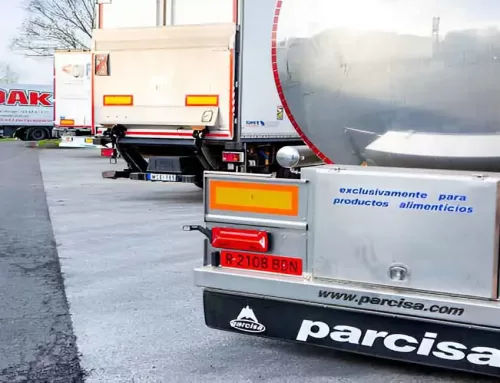How do highway signs tell us information about the road?
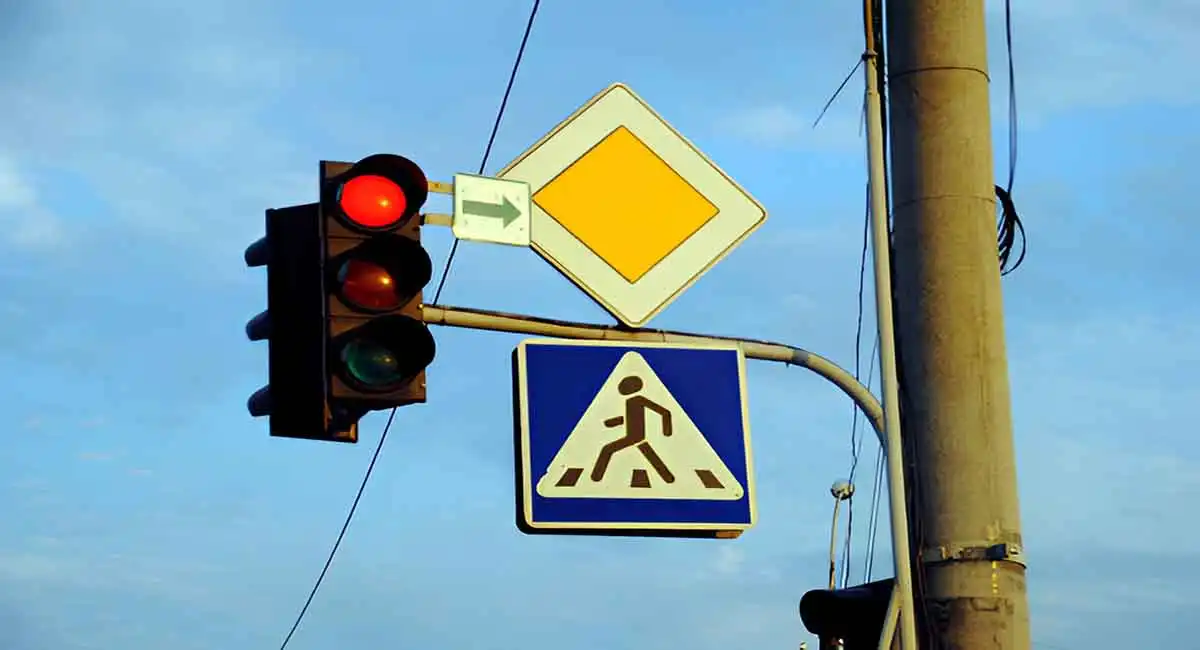
What is traffic sign reflective film?
Traffic sign reflective film is a new type of reflective material formed by combining the reflective layer formed by glass beads with polymer materials such as PVC and PU using a special process. It is a safety protection product made of reflective material. It can produce a strong reflective effect under a certain light source, providing effective and reliable safety protection for pedestrians in the dark or night workers.
Reflective film is a PVC film with a special structure that can reflect light back to the light source using optical principles. It consists of a film layer with good weather resistance, a tiny glass bead layer, a focusing layer, a reflective layer, an adhesive layer and a peeling layer.
What are the classifications of traffic reflective film?
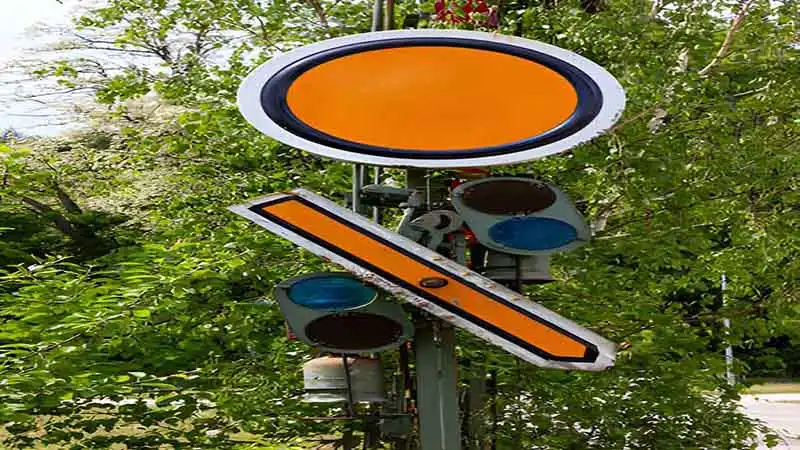
Traffic sign reflective film mainly includes engineering grade reflective film, super strong grade reflective film, diamond grade reflective film, etc. Below we will introduce these reflective films in detail:
Engineering-grade reflective film:
The performance of this series of reflective film belongs to the fourth-level reflective film of the JT-T279-1995 standard issued by the Ministry of Transport of the People’s Republic of China. It is a durable enclosed reflective film. Since the early 1950s, this material has been successfully used to make traffic signs. At present, in areas with low traffic volume and low-speed driving of motor vehicles, engineering-grade reflective film still has certain applications.
Application scenarios:
Engineering-grade reflective film is suitable for traffic signs on general roads, that is, the usual first-level, second-level, third-level, and fourth-level roads and temporary signs. It is generally divided into pressure-sensitive and heat-sensitive types. Various patterns can be made using screen printing technology using the same type of ink.
Use: Road signs, prohibition signs, warning signs and indication signs, as well as signs used for ordinary advertising.
Lifespan: Generally 3 to 7 years, depending on the manufacturer. Some manufacturers only provide 7-year reflective film, and the brightness retention value after 7 years is at least 50% of the initial brightness value. Some manufacturers provide 5-year and 7-year reflective film. Meida Reflective Materials Co., Ltd. provides three types of engineering-grade reflective films: 5-year PET type, 5-year acrylic type, and 7-year acrylic type.
Applicable base plate: aluminum plate, steel plate.
Operating temperature: generally required to be between 18℃ and 28℃.
High-strength reflective film
The performance of this series of reflective films belongs to the second-level reflective film of the JT-T279-1995 standard issued by the Ministry of Transport of the People’s Republic of China. The high-strength reflective film is a durable sealed reflective film that is at least three times brighter than the engineering-grade reflective film. This material has been successfully used to make traffic signs. Even if the signs are at a larger angle and in bright areas, the high-strength reflective film makes the signs clearly visible, effectively warning drivers of dangerous situations on the road ahead.
Application scenarios:
High-strength reflective film is suitable for traffic signs on general roads, that is, common highways, first-, second-, third-, and fourth-level roads and temporary signs. Meida MD1800 series is acrylic mask, and 1500 series is PET mask. The surface graphics are rhombus and honeycomb.
Application: road signs; prohibition signs, warning signs and indication signs as well as signs used for outdoor advertising.
Lifespan: Generally 10 years. Under normal use conditions, the brightness retention value of this series of reflective film after 10 years is at least 80% of the initial brightness value.
Applicable base plate: aluminum plate, steel plate.
Operating temperature: Generally required to be between 18℃ and 28℃.
